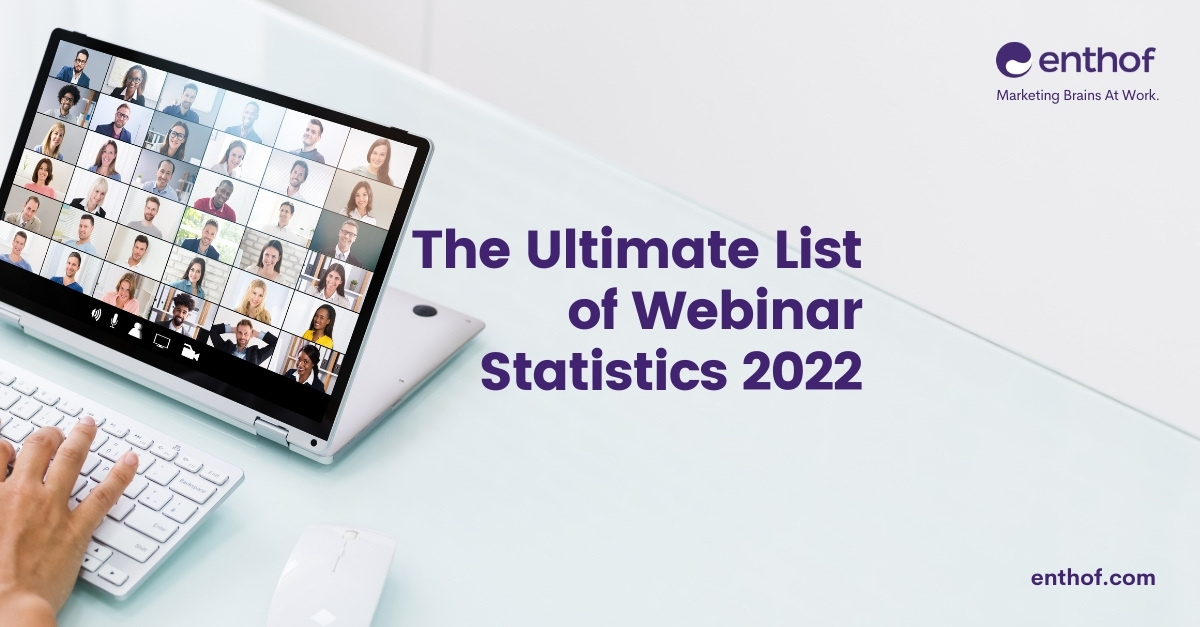A Four-Step Standardised Methodology Guides The Marketing Research Process
Step 1: Define The Problem and Research Objectives
The first phase in the marketing research process is to consider the problem you’d like to solve, the question you’d like to answer, or the goals you want to attain. Brainstorm a few possible questions to answer to identify the problem or aims that will influence your study.
Consider what kinds of information you’d be able to gather if you asked each one. Then consider whether the information you’ve gathered is sufficient to guide your decision. What questions would you have to ask to acquire the proper data for your needs if you want to analyse demand for a new product line, for example?
If you’re not sure where to start, consult to your sales and marketing departments to identify some issues that could be addressed. If you’re an entrepreneur or if you want more perspective, consider contracting a market research expert to guide the process for you.
Step 2: Develop An Approach To The Problem
Focus on establishing your approach once you’ve settled on the main goal of your research study. Choose one of the three primary forms of study design that would be most appropriate for your needs:
- Exploratory Research is useful if you don’t know much about the issue or need more information before narrowing your area of inquiry.
- Descriptive Research If you require more precise information or want to measure interest in specific topics or items, descriptive research is the way to go.
- Causal Research is the best way to find particular answers to specific questions and figure out how cause leads to effect.
It’s also a good idea to identify additional crucial features at this point. You’ll need a budget whether you use your in-house staff or hire an expert. Obtaining estimates from market researchers and pricing out questionnaire platforms such as SurveyMonkey will assist you in determining how much money you should set aside for the project.
You should also define your target audience at this time, especially if you’re entering a new market and need to survey a group that differs slightly from your current consumer base. Ensure that you are aware of your target audience’s demographics, interests, behaviours, and needs.
Step 3: Formulation Of The Research Design
Create a framework for your market research project after that. As a guide, follow these steps:
- Analyse secondary data. Whether or not secondary data plays a significant role in your research, it’s critical to evaluate the information environment. You can better frame your research project by reading case studies or analysing the quality of secondary sources.
- Qualitative research is a type of research that focuses on the individual. Will you get the information you need from interviews, focus groups, or questionnaires?
- Qualitative data collection methods. Is it more likely that surveys, observations, or experiments will provide answers to your questions?
- Definition of the information needed. Once you’ve chosen your research methods, make sure they’ll help you collect the information you need.
- Methods of measurement and scaling Plan out your data collection procedure so you’ll know how to assess the outcomes and adjust your strategy as needed.
- Design of a questionnaire Write out the questions and decide the flow, whether you’re conducting a quantitative survey or qualitative interviews.
- Process of sampling and sample size Aim for a statistically meaningful sample size as well as a method for contacting your target population. As an example, You may send a poll to your consumer email list or invite followers on social media to participate in a focus group.
- Data analysis strategy. Plan how you’ll process the data so you’ll know exactly what to do when your audience starts sending in their responses.
Step 4: Data Collection
Primary Data vs. Secondary Data
Gather the primary and secondary facts you’ll need to respond to your questions next. Direct data collection methods include interviews, surveys, and focus groups. You can also obtain it in an indirect manner, such as through observation or the use of A/B experiments on your website. As long as you collect enough high-quality data to address your questions, neither method is inherently better than the other.
Qualitative Research
Although many researchers highlight the value of quantitative data’s figures and statistics, qualitative research can have just as much impact. The following are some of the most significant advantages of qualitative research:
It can assist you in comprehending consumer views. You can use qualitative research to figure out why customers’ buying habits are changing and how their impressions of your firm, goods, and industry have changed.
It has the potential to improve your messaging. Customers can supply quotes and language that you can use to shape your content development, marketing materials, and brand message when you pursue qualitative sources.
It allows for freedom of expression. Qualitative research studies are more open-ended, allowing participants to give innovative, unique comments that they wouldn’t be able to give in a more specified quantitative setting.



